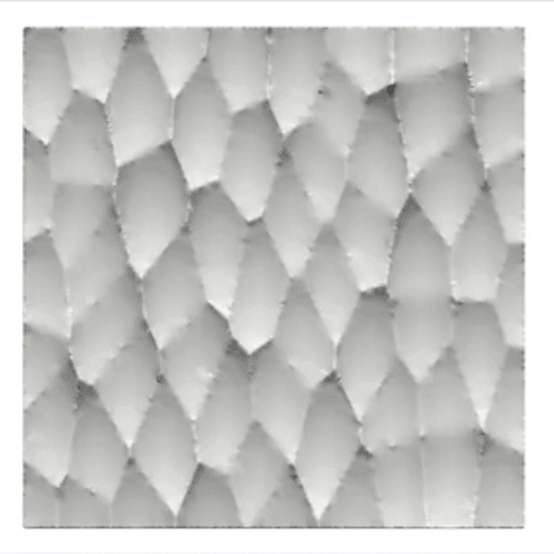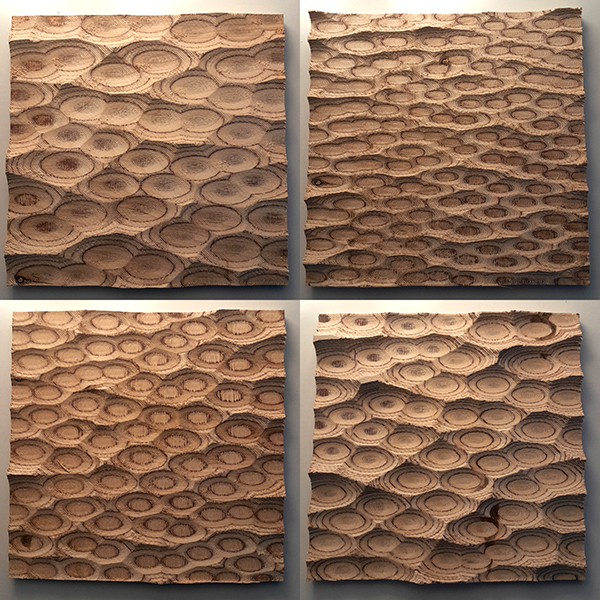Spooning
by Tuğrul Yazar | July 6, 2024 22:13
Urban Atölye[1], led by architect Nilüfer Kozikoğlu initiated the development of this Grasshopper code. The concept was to create a random relief pattern on a surface to be carved out using CNC technology. In Turkish, this technique is referred to as “kaşıklama,” as the resulting shapes resemble those carved out by a spoon. Consequently, I named this Grasshopper[2] definition “spooning.” The definition employs the Populate Geometry component to achieve a random distribution. However, you can further refine it to allow for more controlled density and deformations using an attractor point. While developing the parametric model, I found that using boolean operations was necessary, despite their inefficiency in Rhino and Grasshopper.

This Grasshopper definition generates a random relief pattern on a surface by subtracting numerous ellipsoids from a block. I created a parametric model for this operation to control the density and size of the ellipsoids. However, Grasshopper’s built-in boolean difference cannot handle such a large number of operations. I used a specialized add-on, Dendro, to quickly generate the results to address this. I fabricated several outputs with our CNC router, and the results look promising. However, if you increase the size of the surface or the number of ellipsoids, even Dendro may crash your computer. To mitigate this, I included a Rhinoceros 7 file in the package. You can open it along with the Grasshopper file.

You can rebuild the definition by referring to the diagram above. However, to run this definition, you will need the Dendro[3] add-on. If you would like to support my work and gain access to my Grasshopper files, please consider becoming my Patreon. Here is the link to my Patreon page[4], which includes the Grasshopper and Rhino files for the “Spooning” project and more. Thank you for your support!

- Urban Atölye: https://www.urbanatolye.com/
- Grasshopper: https://www.designcoding.net/category/tools-and-languages/grasshopper/
- Dendro: https://www.food4rhino.com/en/app/dendro
- Here is the link to my Patreon page: https://www.patreon.com/Designcoding
Source URL: https://www.designcoding.net/spooning/